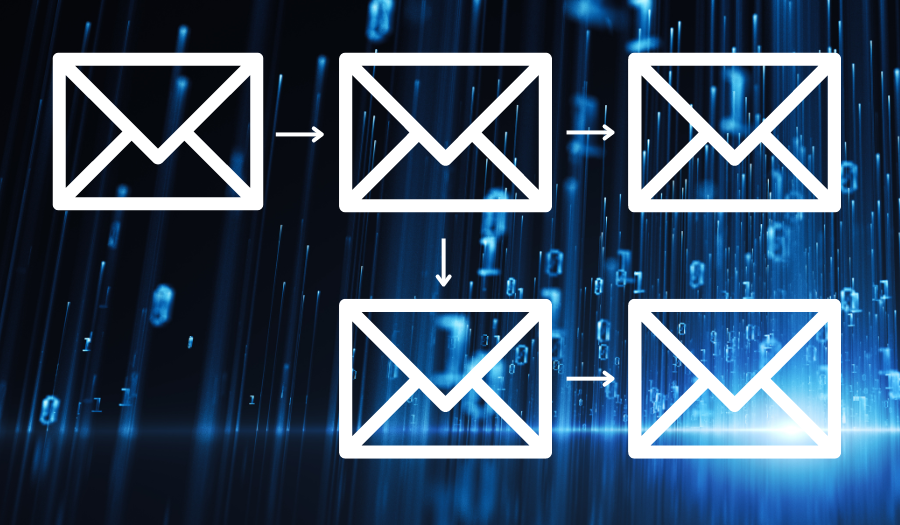Here at Altlaw we always champion the use of technology when appropriate, however, there are often situations in which applying the latest technology doesn't work in your favour.
When dealing with the specialised tools within eDiscovery you will find that they have usually been created to solve a niche problem or to mitigate a particular set of circumstances. What this means is that there are circumstances in which your data might not be suited to a tool you wish to use. These tools require the right kind of data or the right circumstances to work, without these, these tools often fall short.
One such tool is Email Threading, and like many other tools, there may come a time when Email Threading (ET) just isn’t going to stand up to its reputation of saving time and simplifying reviews. With this in mind, let’s talk about three possible scenarios when this ubiquitous structured analytic offering may fall short for you.
1. Complicated email chains or diverging topics:
In some instances, email threads can become convoluted and difficult to follow (depending on reviewer experience or aptitude). This is especially onerous when multiple participants join or reply to a conversation, if the email chains are excessively long and involve numerous participants, it may be more efficient to analyse and review each email separately, rather than relying on email threading. Just as challenging is when email threads diverge into multiple unrelated topics, threading could blur the boundaries between these distinct conversations. If the emails within a thread discuss separate subjects or issues, as with complex email chains, it may be better to just treat these as separate conversations to ensure accurate analysis and understanding. Using an Altlaw Managed Review team could allow you to side-step this issue altogether, as we can build QC, precision, and recall review rounds to ensure the output is within your expectations.
Here is an example of a more convoluted thread. As we have most documents within this thread etc, this would not necessarily be a bad thread.




